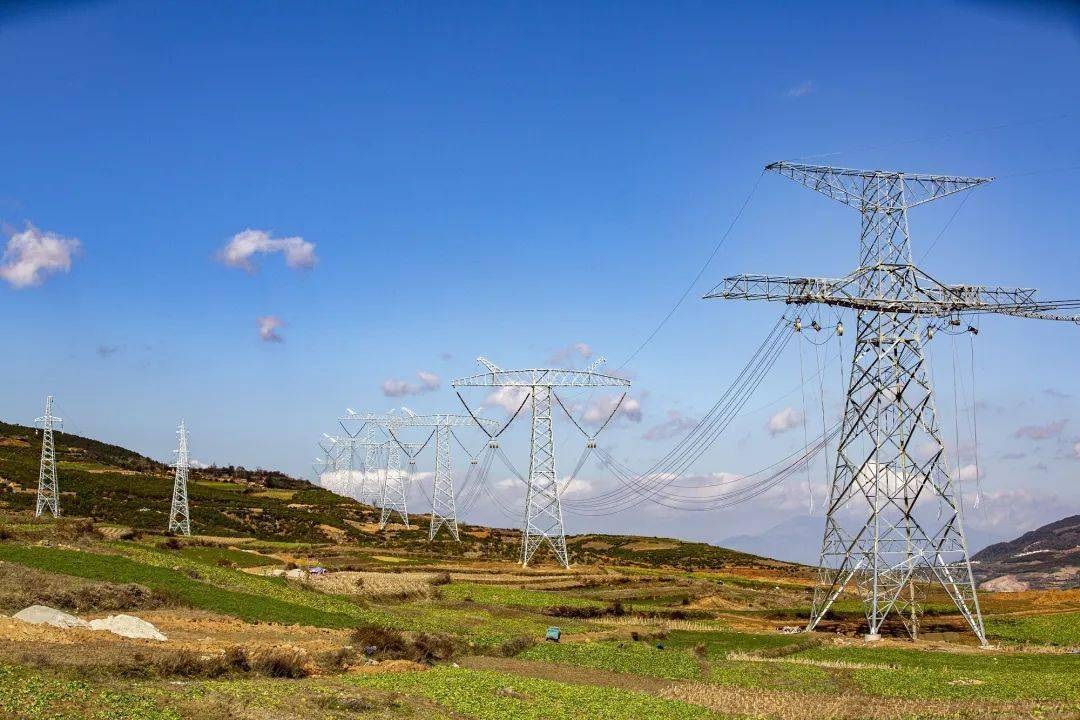
On Tuesday (August 5th), the Institute for Supply Management (ISM) of the United States released key data showing that the Purchasing Managers' index (PMI) for the services sector unexpectedly dropped to 50.1 in July, only slightly above the boom-bust line, hitting the lowest level since July 2020. This figure is not only lower than the 51.5 that economists generally expected, but also has further declined from 50.8 in June, indicating that the service industry, which accounts for two-thirds of the US economy, is approaching the brink of stagnation. The new order index dropped from 51.3 to 50.3, and the business activity index declined by 1.6 percentage points to 52.6, indicating a significant weakening of expansion momentum.
The severe divergence between the job market and the price trend has sounded the alarm. The employment index dropped 0.8 points to 46.4, remaining in the contraction zone for the fourth consecutive month, while the payment price index defied the trend and soared 2.4 points to 69.9, reaching its highest level since October 2022. This combination of "shrinking employment accompanied by soaring prices" clearly sketches the initial outline of stagflation. Steve Miller, chair of the ISM Services Survey Committee, pointed out: "Although companies have not carried out large-scale layoffs, they have generally suspended filling job vacancies." Labor-intensive industries have performed particularly poorly. Accommodation and catering, art and entertainment, and construction, which should have benefited from summer consumption, have all contracted simultaneously.
Global trade tensions have become a key driver. The new export orders index plunged 3.2 points to 47.9, and the import index dropped sharply by 5.8 points to 45.9. Both indicators simultaneously fell into the contraction zone. Surveys show that "tariff impact" has become the most frequently mentioned negative factor by business executives. The new tariff policy implemented by the Trump administration since July has pushed the average tariff rate in the United States to 18.3%, the highest level since 1934. Respondents from the construction industry admitted: "Trade uncertainties are causing clients to reevaluate the feasibility of projects, resulting in project delays or cancellations." The supplier delivery index has remained in the expansion zone (51%) for the eighth consecutive month, indicating that the global supply chain continues to be under pressure.
The contradiction in economic data has exacerbated market confusion. In sharp contrast to the ISM, the final reading of the Markit Services PMI released on the same day reached 55.7, the highest level since December 2024. Chris Williamson, an economist at S&P Global Market Intelligence, explained that the growth of the technology and financial sectors has driven the positive data, but the two institutions have reached a consensus on weak employment and high inflation. This contradiction has left the market confused: After the PMI was released, the US stock market turned from rising to falling, with the Nasdaq 100 index dropping 0.7% during the trading session. The yield on the 10-year US Treasury note gave up its intraday gains.
Macroscopic alarm signals flash intensively. The manufacturing PMI has contracted for two consecutive months (48.0 in July). Last Friday, the non-farm payroll data suffered a historic downward revision - a total of 258,000 jobs were cut in May-June, marking the largest correction during the non-farm payroll period. Forward-looking indicators are even more pessimistic: The inventory sentiment index plunged 3.9 points to 53.2, and backlogged orders shrank for the fifth consecutive month (44.3), indicating that business expectations continue to deteriorate. Citigroup's Economic Surprise Index shows that U.S. economic data has fallen short of expectations for six consecutive weeks, marking the longest downturn since the fourth quarter of 2024.
A price index of 69.9 has pushed the Federal Reserve to the brink of policy. This data has made the internal divisions within the FOMC even more acute: Directors Waller and Bowman have advocated for a rate cut due to concerns over job risks, but most officials still view inflation as the primary threat. A Yale University study reveals that previously, enterprises had slowed down price transmission by clearing inventories, but the price jump in July indicates that "the pressure of tariff costs has been fully passed on to the downstream." With the new tariffs taking effect on August 7th, about 72% of retailers' inventories will bottom out in the middle of the month, and then price pressure may further intensify.
On that day, after Trump hinted at introducing a new round of industry tariffs, the market responded with a brutal decline - the US stock market gave up its gains and the yield curve of Treasury bonds flattened. The combination of stagnant services, shrinking manufacturing, cooling employment and high inflation is forming a typical picture of stagflation. When the last buffer stock of the US economy is exhausted, a PMI reading of 50.1 might just be a signal of the beginning of the crisis.

報告顯示,中國電力投資加速增長,預計2024年電網基建投資將超過5300億元。
近日,市場迎來了一則引人注目的消息:工業巨頭3M公司(MMM.N)在本周五公布了其季度業績報告,隨後股價飆升至近兩年來的
最近,外媒給OpenAI算了筆賬,今年可能要血虧50億美元。
近日,巴黎奧運會和世界鐵人三項協會聯合發布了一項重大決定,宣布因塞納河水質污染問題,原定於近期進行的奧運會鐵人三項首次下
當地時間7月18日,法國巴黎發生了一起令人震驚的持刀襲警事件。
近期,一則重大消息在國際舞臺上引起軒然大波,馬來西亞宣布加入金磚國家。
調查發現,互聯網和智能手機的使用幹擾了韓國近五分之一學生的生活。